Why High-Res Audio Matters for Car Audio Enthusiasts
Car audio enthusiasts constantly seek ways to enhance their listening experience, and one of the most impactful upgrades involves improving the quality of the audio source itself. Thanks to advancements in lossless music streaming and high-quality digital formats, high-res audio is becoming more accessible. But does it really make a difference in a vehicle, and is it worth the investment? Let’s explore how high-resolution audio improves sound quality and why it matters for car audio enthusiasts.
What Is High-Resolution Audio?
High-resolution audio refers to digital audio formats that exceed the quality of standard CDs (16-bit/44.1kHz). The Japan Audio Society (JAS) governs the use of the gold and black High-Resolution Audio logo we all recognize.
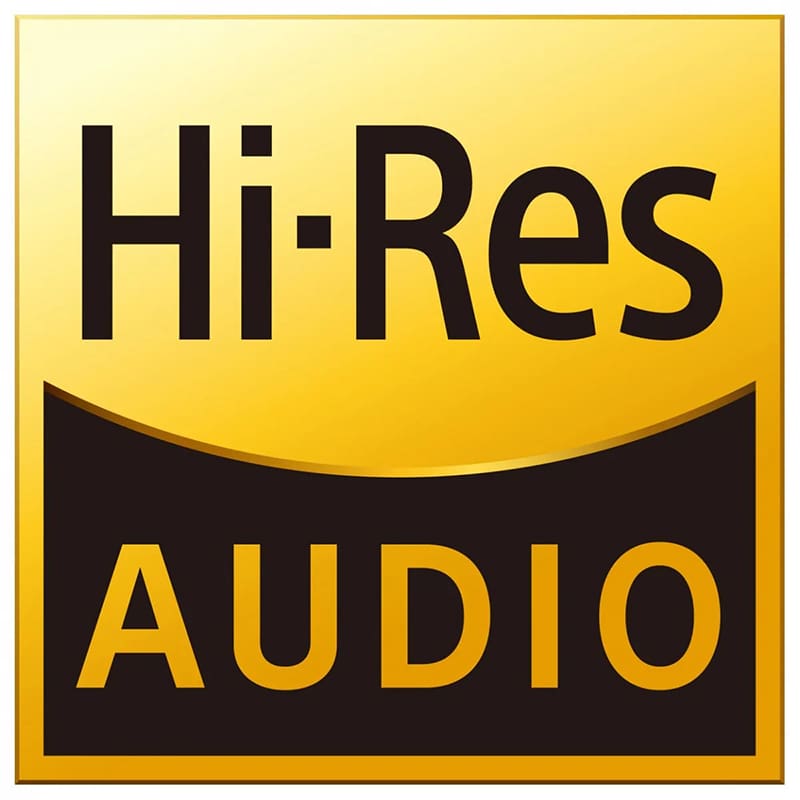
- Higher Bit Depth (e.g., 24-bit) – Reduces the maximum theoretical noise floor in a recording.
- Higher Sampling Rates (e.g., 96kHz, 192kHz) – More audio samples per second capture intricate high-frequency details that lower-quality formats may miss.
The Impact of High-Resolution Audio in a Car Audio System
Upgrading to high-res audio formats can transform the listening experience in a well-designed car audio system. The difference between a lossy MP3 or WMA file and a compact disc quality (16-bit, 44.1 kHz) is more significant than the difference between the CD quality and a high-resolution audio file like a FLAC or WAV that’s recorded at 24-bit and 96 kHz sampling depth.
The true benefit of high-res recordings lies in the quality of the equipment used to create the original recording. Many high-resolution digital interfaces, like those from Apogee or AVID, offer mind-blowingly clean inputs with distortion specifications beyond 110 dB and dynamic range better than 120 dB.
Modern music can contain dozens of instruments and sounds layered together. Having the noise floor as low as possible results in a super-clean recording with effectively inaudible hiss or noise.
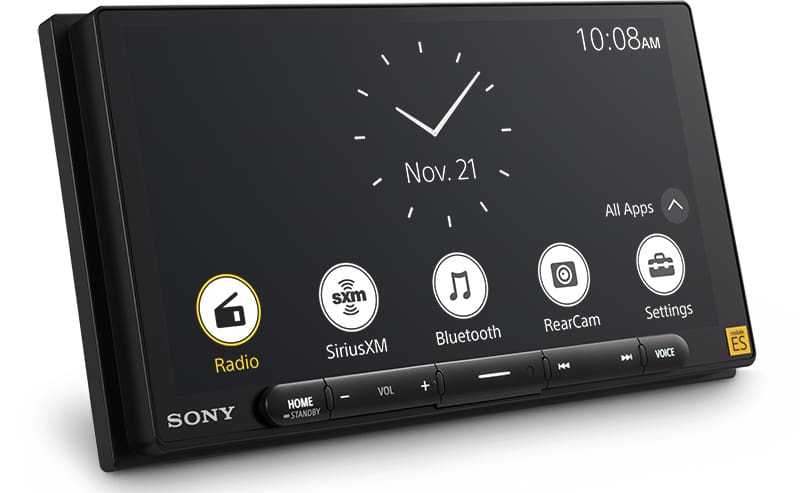
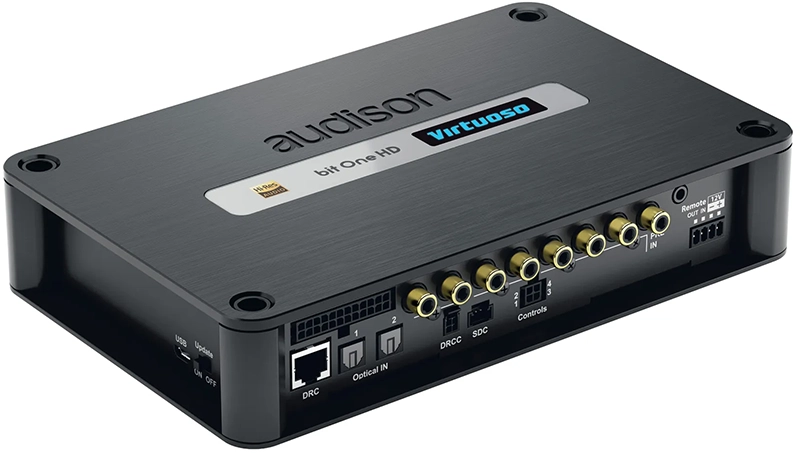
Benefits of Hi-Res Audio
So, what does this do for the listening experience? If your audio gear, including the source unit, amplifiers, processors and speakers, are up to the task, the following might be some of the benefits of high-res audio.
- Increased Detail and Clarity –Background instruments, reverb tails, and spatial details often get lost. High-resolution audio recordings retain these nuances, making the music sound more open and immersive, especially in a vehicle with a properly tuned sound system.
- More Natural and Dynamic Sound—Thanks to the improved noise floor, high-resolution audio captures a broader dynamic range. This results in more lifelike music, clearer vocals, and greater separation between instruments.
- Reduced Listening Fatigue—The reduction in distortion afforded by higher-quality recording equipment can reduce listening fatigue over long periods. High-resolution audio offers a cleaner and more enjoyable experience. Less unwanted information is added to the recording, making each instrument sound more realistic, detailed and lifelike. Dynamics come across as improved in the best recordings.
- Better Use of High-Quality Car Audio Components – If your vehicle is equipped with high-end speakers, amplifiers, and digital signal processing, high-resolution audio ensures you get the most from these components. Playing low-quality audio through a premium system is like watching a VHS tape on a 4K TV—you’re not experiencing the system’s full potential.
Streaming Lossless Music: The Future of Car Audio
Many music streaming services now offer lossless and high-res audio options. Here are some of the leading platforms for high-quality music streaming:
- Tidal HiFi Plus – Offers FLAC streams for lossless playback and high-resolution audio, moving away from MQA (Master Quality Authenticated) in favor of hi-res FLAC for studio-quality sound.
- Apple Music – Provides lossless audio in ALAC (Apple Lossless Audio Codec), supporting resolutions up to 24-bit/192kHz without proprietary compression.
- Amazon Music Unlimited – Features Ultra HD audio with FLAC encoding, offering lossless playback up to 24-bit/192kHz and CD-quality FLAC (16-bit/44.1kHz) options.
- Qobuz – Known for offering high-resolution FLAC streaming with bit-perfect quality, preserving the original studio master without additional processing.
With improved cellular networks and in-car Wi-Fi, streaming lossless music in vehicles is easier than ever. Services that support offline downloads also ensure that high-quality music is available even without a strong internet connection.
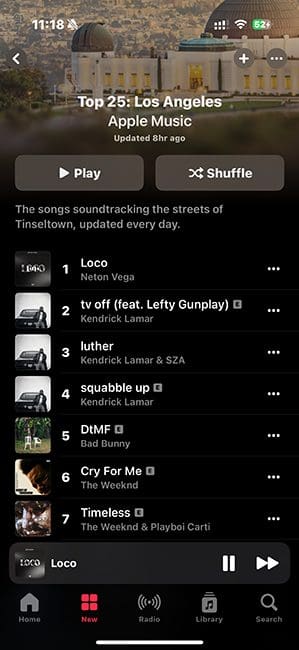
Upgrade Your Car Audio Experience with High-Resolution Audio
High-resolution audio is more than just a marketing term—it is a genuine improvement in sound quality that benefits those who demand the best from their car audio system. Whether you prefer streaming lossless music or playing high-resolution files from a USB drive, upgrading your audio source material is one of the most effective ways to enhance your listening experience.
Visit a qualified retailer near you to learn more about high-resolution audio and how to optimize your car’s sound system.
This article is written and produced by the team at www.BestCarAudio.com. Reproduction or use of any kind is prohibited without the express written permission of 1sixty8 media.
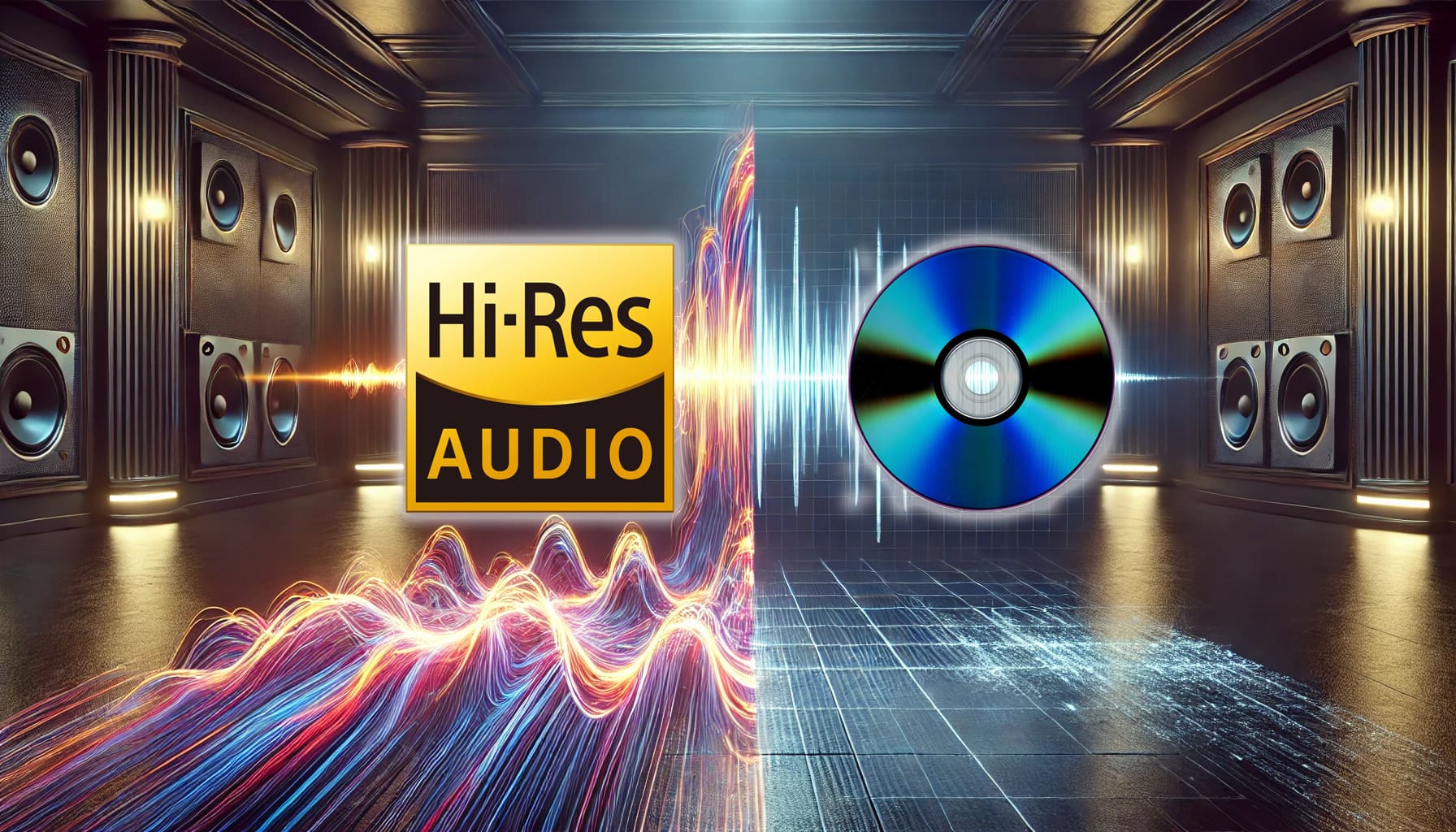

Leave a Reply